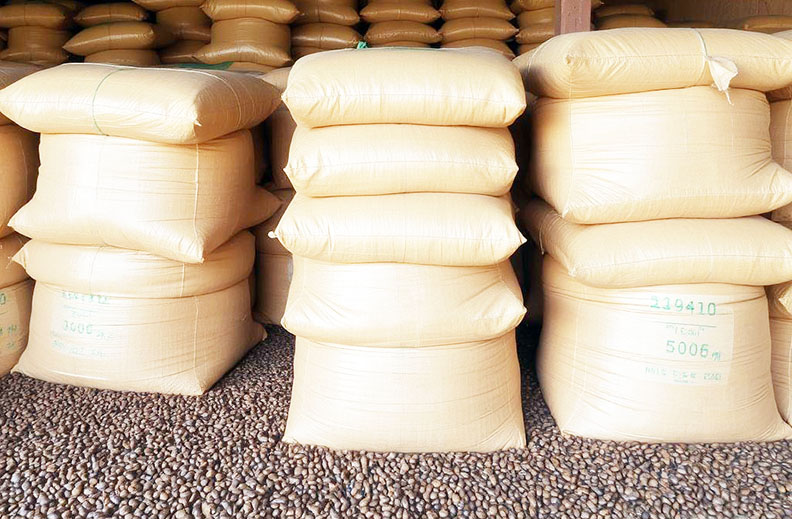KAMPALA— Uganda’s economy continued to show strong signs of recovery and resilience in April 2025, despite facing growing fiscal strains and a persistent trade imbalance. According to the Ministry of Finance’s latest monthly economic report, the country is riding a wave of steady growth in key sectors like agriculture, manufacturing, and services, even as government spending outpaces revenue and inflation edges higher.
A Reassuring Pulse from the Real Economy
The Composite Index of Economic Activity (CIEA)—a broad measure of Uganda’s overall economic health — rose slightly in March to 170.6, up from 169.7 in February. This increase signals that the wheels of production across farming, industry, and services are turning at a steady pace.
The business environment is also improving. The Purchasing Managers’ Index (PMI), a barometer of private sector confidence, climbed to 55.3 in April, up from 52.9 in March. (Any number above 50 means businesses are expanding). Similarly, the Business Tendency Index (BTI), which captures expectations from local business leaders, rose to 59.32, highlighting growing optimism, particularly in sectors like construction, manufacturing, and wholesale trade.
Inflation Inches Up
Annual inflation — the rate at which prices for goods and services rise — climbed up to 3.5 percent in April from 3.4 percent in March. The rise was mostly due to core inflation, which increased to 3.9 percent, driven by more expensive food and service costs. However, consumers got some breathing room from lower energy prices. Inflation for electricity, fuel, and other utilities dropped to Zero percent, thanks to falling global fuel costs and reduced electricity tariffs.
In plain terms, prices are still rising — especially for daily essentials — but the increase is modest and currently under control.
Stable Currency, Lower Lending Rates
The Ugandan shilling remained fairly steady, dipping slightly by just 0.04 percent against the U.S. dollar — a sign of stability in the foreign exchange market. The Central Bank Rate (CBR)—Uganda’s key interest rate — remained unchanged at 9.75 percent for the seventh straight month. This stability reflects the Bank of Uganda’s confidence in current economic conditions.
There’s good news for borrowers too. Interest rates on shilling loans dropped to 17.74 percent, down from 18.76 percent, making loans a bit more affordable, especially for low-risk businesses. However, foreign currency loan rates ticked up slightly to 8.51 percent, meaning borrowing in dollars or euros got a bit costlier.
Big Gains and a Persistent Deficit
On the trade front, Uganda saw a remarkable surge in exports, which rose by 40.6 percent year-on-year to USD 899.1 million in March. Much of this jump came from strong performances in coffee, cocoa, minerals, and fish, with coffee exports alone increasing by over 200 percent thanks to higher global prices and strong harvests.
But even with this export boom, Uganda still imported more than it exported. Imports reached USD 1.11 billion, leading to a trade deficit of USD 213.6 million for the month. However, compared to the same period last year, the deficit is shrinking — a sign that Uganda’s export sector is starting to catch up.
Government Spending Outpaces Revenue
Here’s where the picture turns more cautious. The government recorded a budget deficit of Shs 1.8 trillion in April, overshooting its target by a wide margin. This shortfall happened because tax collections fell short by Shs 99.4 billion, and public spending, especially on wages, goods, and infrastructure, was 12 percent higher than planned, totaling Shs 4.2 trillion.
In simple terms, Uganda spent far more than it earned — a trend that’s raising red flags. With borrowing already high, sustaining such spending levels could strain public finances further unless more revenue is raised or spending is trimmed.
Regional Picture: Uganda in the Middle of the Pack
Compared to its East African neighbors, Uganda’s inflation rate of 3.5 percent remains relatively low. Kenya registered 4.1 percent, Rwanda 6.6 percent, and South Sudan a staggering 16 percent, while Tanzania and Burundi reported slight drops. Like Uganda, most regional currencies depreciated modestly against the U.S. dollar, reflecting global financial pressures and exchange rate shifts.
What Lies Ahead
The good news is that Uganda’s economy is still on a path of steady recovery, anchored by strong export performance, stable monetary policy, and growing business confidence. The momentum is there.
But the warning signs are just as clear. Government overspending, weaker-than-expected revenue, and a lingering trade gap could undermine that progress if not managed carefully. The big question for policymakers now is, can Uganda balance its budget books while still investing in growth?
Strategic decisions on spending priorities, better tax collection, and a focus on supporting productive sectors like agriculture and industry will be critical. As the economy shows strength, this is a window of opportunity — but only if used wisely.

